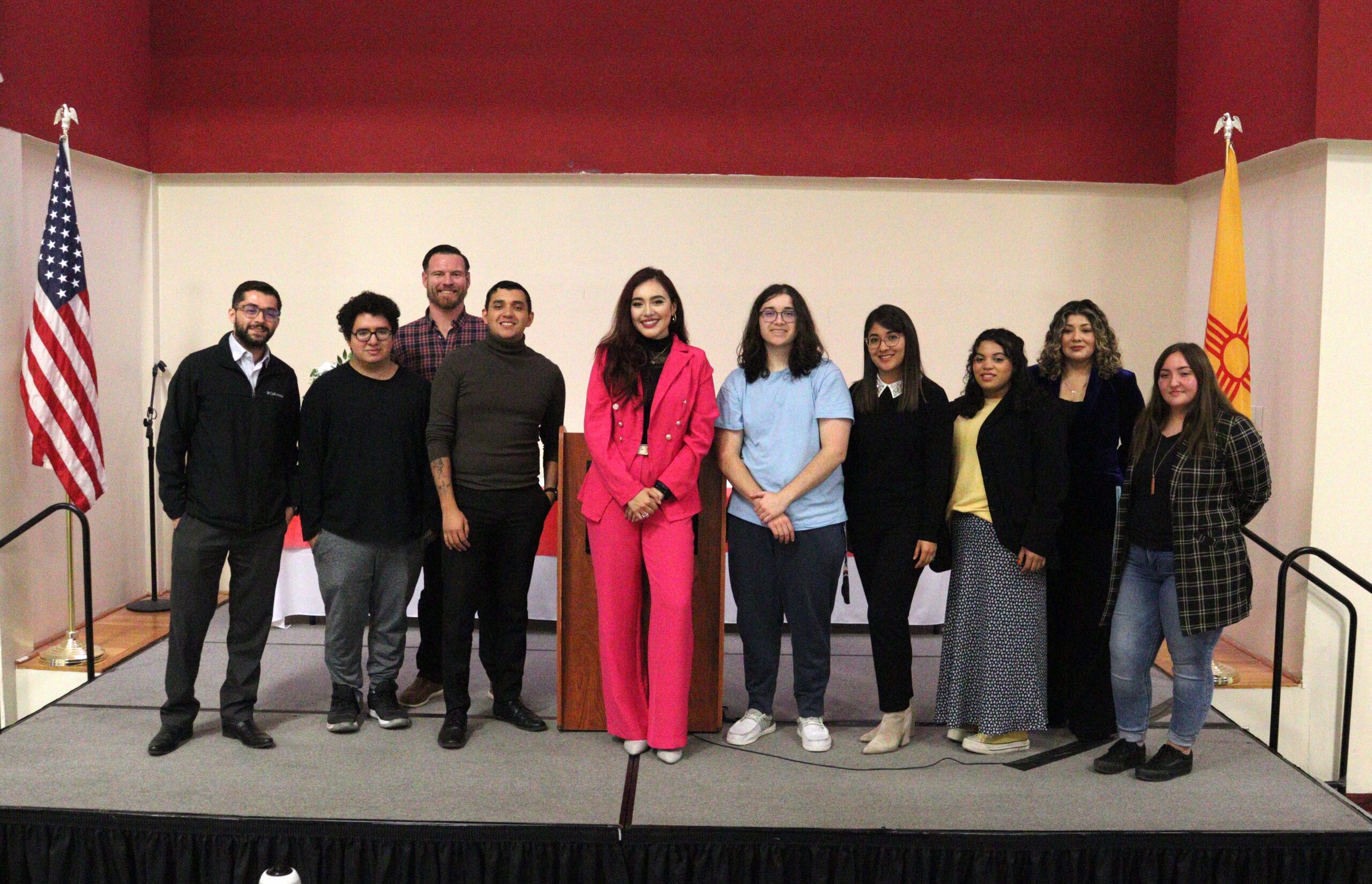Intergenerational trauma is a silent thread woven into the fabric of many families, particularly pronounced among Latino immigrants. This community faces unique challenges that span across generations, from the first wave of immigrants to their descendants today. Understanding and addressing these deep-rooted issues is crucial for healing and forging a resilient future.
The Legacy of Trauma in Latino Families
Below is a typical example of how trauma can be passed down through 3 generations of people.
First Generation of Trauma: Many Latino immigrants have fled situations of extreme violence, political instability, and economic hardship in their home countries. These traumatic experiences, combined with the struggles of colonization, immigration, and adaptation to a new society, mark the beginning of the intergenerational trauma journey.
Second Generation: Raised by the first generation, the second generation navigates the complexities of maintaining cultural identity while assimilating into a new society. They often face discrimination, racism, and financial stress, complicating their sense of belonging and exacerbating the trauma inherited from their parents.
Third Generation: The third generation grapples with indirect trauma manifestations, such as anxiety, depression, identity issues, and a pressure to succeed while balancing dual cultural identities. The quest for approval and a sense of place often underscores the emotional and psychological challenges faced by this generation.
The Path of Trauma Transmission in Latino Families
The passage of trauma through generations in Latino families involves not only behavioral patterns but also cultural and societal pressures. The experiences of the first generation, including displacement and the struggle for stability, cast long shadows, affecting parenting styles, family dynamics, and individual self-perception across subsequent generations.
Strategies for Healing and Transformation
Addressing intergenerational trauma within Latino immigrant families involves a multi-faceted approach:
- Cultural Reconnection: Engaging with one’s cultural heritage and community can provide a sense of belonging and identity, counteracting feelings of displacement.
- Therapeutic Intervention: Seeking culturally competent therapy can offer tailored strategies for addressing the complex layers of intergenerational trauma.
- Education and Advocacy: Learning about the historical and social contexts of Latino immigrants’ experiences can empower families to advocate for their rights and well-being.
Further Reading and Resources
Information on this post was gathered from Dr. Susanne Wolf instagram account, you can learn more here. For those looking to dive deeper into the topic of intergenerational trauma among Latino immigrants, the following resources provide valuable insights:
- “The Body Keeps the Score” by Bessel van der Kolk – While not specific to Latino immigrants, this book offers an essential framework for understanding trauma’s physical and psychological impacts.
- “Latino Families in Therapy, Second Edition” by Celia Jaes Falicov – A comprehensive resource on addressing the specific needs of Latino families in therapeutic settings.
- National Alliance on Mental Illness (NAMI) – Provides resources and support for Latino communities facing mental health challenges. Visit NAMI’s website
- Pew Research Center – Offers studies and statistics on the Latino immigrant experience in the United States, shedding light on the social and economic challenges faced by this community. Pew Hispanic Center
Conclusion
Intergenerational trauma among Latino immigrants is a poignant testament to resilience in the face of adversity. By acknowledging this trauma, engaging in healing practices, and embracing the strength of cultural and community connections, Latino families can navigate the path toward healing and empowerment.







